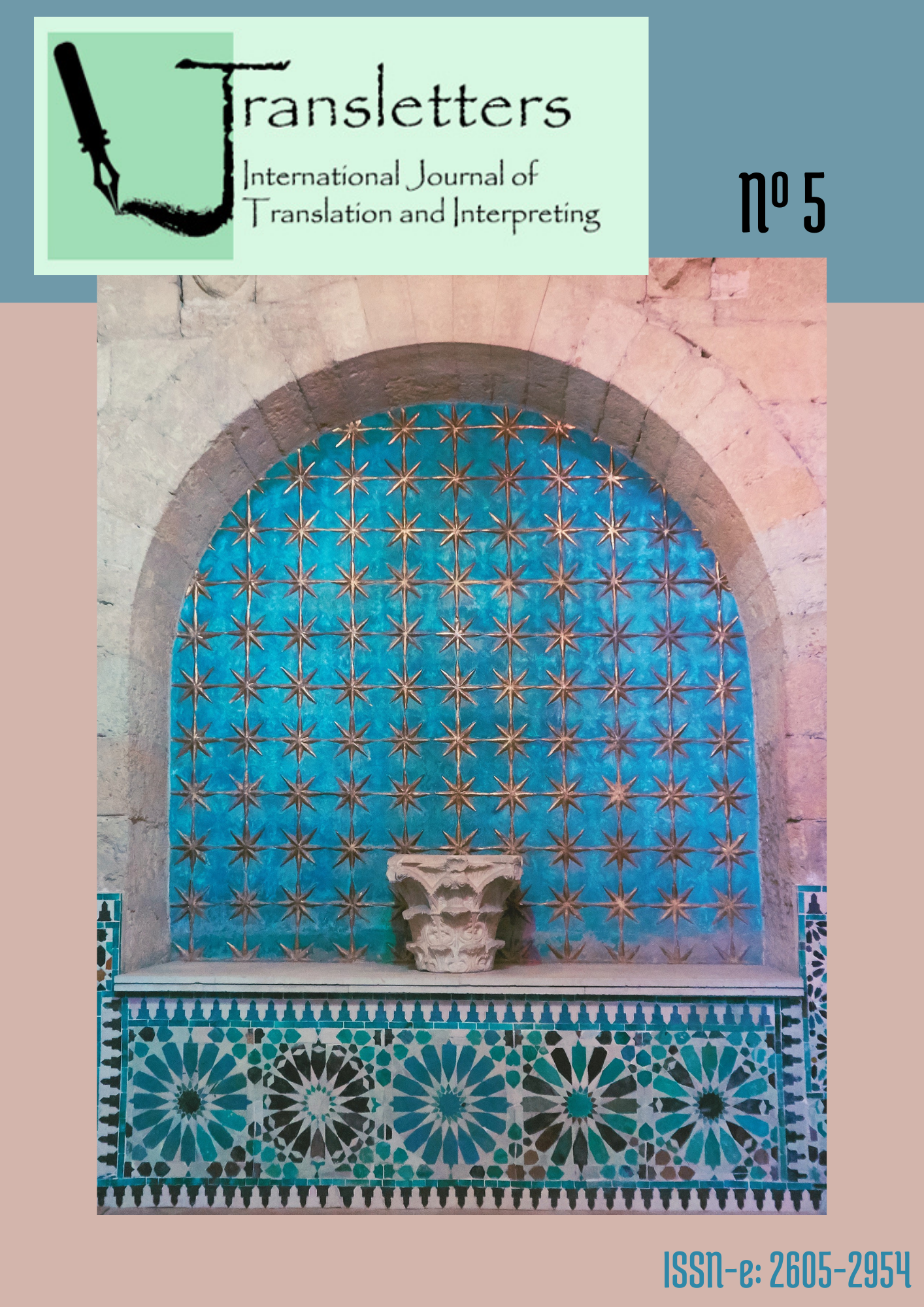Exploring Effective Translation Teaching in the Classroom: A Case Study
Contenido principal del artículo
Resumen
This study follows on from previous survey and focus group research to explore effective teaching process in a translation classroom in Australian universities through a case study method. The data analysis draws on Kiraly’s (2000) social constructivist theory in translation teaching and focuses on the teaching process aiming to discover how effective translation teachers conduct teaching in the classroom in four aspects, namely classroom management, classroom pedagogy, classroom communication, and teacher roles. The results suggest that effective translation teachers are able to control the whole learning process, facilitate independent learning, guide students to be more critical about translation, give both positive and negative feedback for students to reflect on, and be supportive, patient and encouraging to students for better classroom communication and learning outcomes. This study can be applied by other translation teachers in their own classroom context to achieve teaching effectiveness.
Descargas
Detalles del artículo
Política propuesta para las revistas que ofrecen acceso abierto
Los/as autores/as que publican en esta revista aceptan las siguientes condiciones:
1. Los/as autores/as conservan los derechos de autor y conceden a la revista el derecho de primera publicación con el trabajo licenciado simultáneamente bajo una Licencia de Atribución de Creative Commons, la cual permite a otras personas compartir el trabajo con un reconocimiento de la autoría del trabajo y la publicación inicial en esta revista.
2. Los/as autores/as pueden establecer acuerdos contractuales adicionales para la distribución no exclusiva de la versión publicada del trabajo en la revista (por ejemplo, enviarlo a un repositorio institucional), con un reconocimiento de su publicación inicial en esta revista.
3. Se permite y anima a los/as autores/as a publicar su trabajo previo a la versión final publicada en esta revista una vez aceptado (por ejemplo, en repositorios institucionales o en su sitio web), ya que puede dar lugar a intercambios productivos, así como a una citación más temprana y mayor del trabajo publicado (Véase El efecto del acceso abierto).

